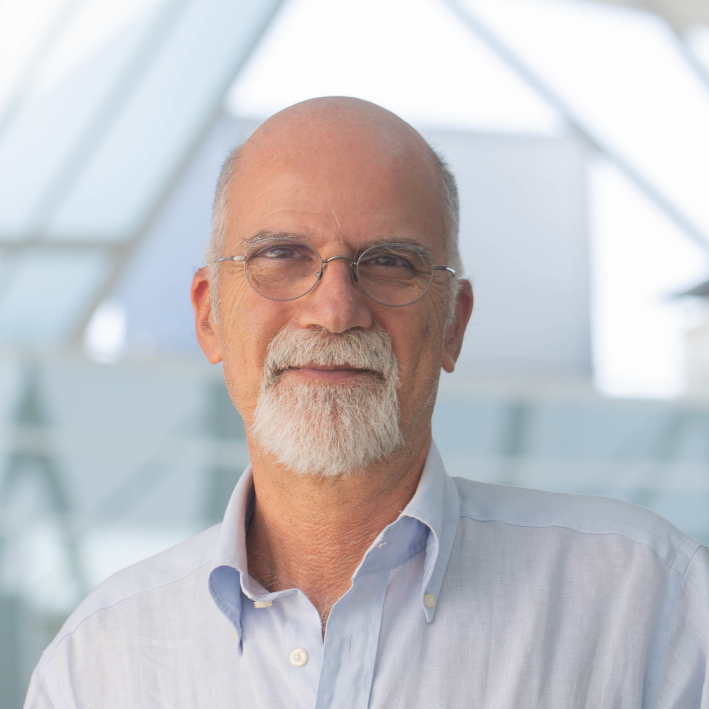Progress towards artificial photosynthesis by combining bio-inspired catalysis with nanoscience
A combined team of researchers from CIC biomaGUNE (Donostia-San Sebastián), the Universities of Trieste, Ferrara and Mesina (Italy), the ITM and ISOF Institutes (Italy), the Elettra-Sincrotone research centre in Trieste (Italy), the Graz University of Technology (Austria) and the University of Erlangen (Germany) has made progress towards splitting water into hydrogen and oxygen by combining bio-inspired catalysis with nanoscience.
The research findings, published in the journal Nature Chemistry, have identified functional Lego block-like structures that mimic the essentials of leaf machinery. The work does not replicate the identical perfection of the biological systems and their fragile architecture but explores artificial alternatives, designed with highly robust, versatile and tunable synthetic components that are readily up-scalable.
Maurizio Prato, Ikerbasque Professor and Carbon Nanobiotechnology Laboratory Group leader at CIC biomaGUNE, explains: “We have artificially attained the smallest functional component of the leaf. We have combined a photo sensitizer with a catalyst to split the water into its two components using light and to replicate a process that in nature is performed through photosynthesis but which, in laboratory conditions, is very difficult to achieve. The innovation lies in the fact that we have done this with well characterized molecular elements and with higher performance".
As Dr. Jean-Pierre Sauvage, winner of the 2016 Nobel Prize in Chemistry and Professor at the Institute of Supramolecular Science and Engineering (ISIS) in Strasbourg, adds: “Water splitting is a long-sought dream and was a research topic of mine a long time ago. It is an extremely arduous process, with many research groups attempting to imitate nature but still far from succeeding in doing so. This research opens up new perspectives and possibilities. The self-assembly of a robust sensitizer with an efficient catalyst generates an extremely fascinating and efficient system for oxidising water to oxygen, a fundamental step towards water splitting".
Maurizio Prato further explains the breakthrough obtained: “In this work, we have used a robust and versatile organic semiconductor to create a photoactive framework around the catalytic centre to transfer electrons and slow down recombination”.
Hydrogen and oxygen combine to make water in a highly energy-intensive process. The amount of energy generated in that process is comparable to when a hydrocarbon such as methane or gasoline combusts in a car engine. “The ideal situation would be to produce an engine that runs on hydrogen which combines with oxygen to produce water and generate energy to power the vehicle. At the current moment in time, producing hydrogen is an expensive process. What we are attempting is not only to produce hydrogen but to make the process economically viable. This is a highly competitive area and what we have achieved is a molecular system which will enable considerable progress to be made”, concludes Maurizio Prato.

